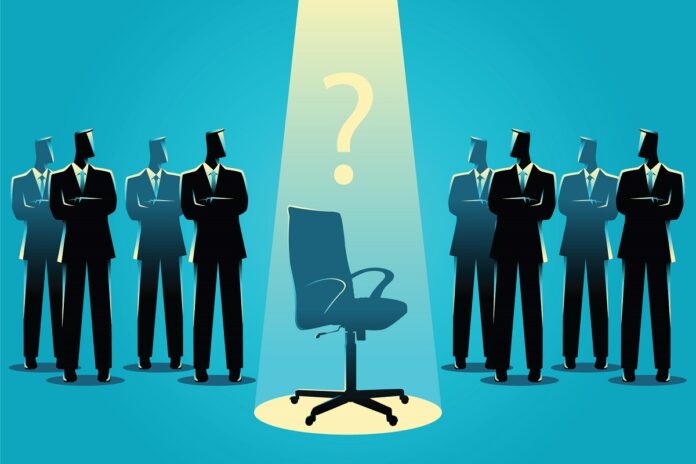Any column that begins with “Where are they now?” conjures images of teen heartthrobs, one-hit wonders, and television stars who have faded into obscurity. This is not that. Instead, acting on the belief forewarned is forearmed, let’s take a trip down memory lane and visit businesses and brands, successes and failures, and the mistakes and missteps that caused some rather notable companies to retrench, restructure, or retire.
In 1995, Craig Newmark began sending friends an email to keep them up-to-date about local events in the San Francisco Bay area. Today what once was a humble listserve is known as Craigslist, which reportedly generates hundreds of millions of dollars in profits annually. Despite employing only forty people and not substantially updating its interface for decades, Craigslist is one of the most visited websites in the world. While some may say Craigslist doesn’t care about branding, the fact is the site’s “old-school” look and somewhat limited functionality is exactly why it continues to succeed.
Also in the mid-1990s, a University of Maryland football player named Kevin Plank became frustrated with the heavy, sweaty shirts his team wore. So, he created an athletic undershirt that stayed dry. Initially, he sold the shirts out of his car’s trunk during trips up and down the East Coast. Within two years, the business moved out of the trunk and into a building. Today, the company earns nearly $4 billion annually. The name of this success story? Under Armour.
About ten years ago, Kevin Systrom and Mike Krieger created a check-in app that incorporated photography from smartphones. The company was called Burbn, and for a while it languished. The partners worked at their “side hustle” in the evenings and on weekends. Two years later, they figured out the secret to success and sold the company to Facebook for a cool $1 billion. The company? Instagram.
Companies are like sharks: They must keep moving and adapting or risk dying.
When pals and tech geeks Larry Page and Sergey Brin couldn’t find what they needed online, they set out to build a better search engine. Their company, called BackRub, has grown just a bit in the years that followed. You may know it by its newer name: Google.
Elliot Handler and his wife, Ruth, met at a dance in 1929, fell in love, and soon were married. They had two children, Barbara and Kenneth. The couple started a company and created a doll, which they named after their daughter. Shortly thereafter, they realized “Barbie” needed a boyfriend, so “Ken” was given life. The couple went on to develop some of the biggest selling toys in the world, including Chatty Cathy, Creepy Crawlers, and Hot Wheels. Their company? Mattel.
Childhood friends Ben Cohen and Jerry Greenfield started their business with an investment of just $12,000. Their small store in Vermont sold homemade ice cream they learned how to make from a $5 correspondence course. Unfortunately, neither of the young entrepreneurs was good at business. When they were forced to close the failing shop, they posted a sign that read, “We’re closed because we’re trying to figure out what’s going on.” Eventually they hired a chief operating officer who must have figured out the conundrum, because in 2000 Unilever bought the company for $326 million. Today Ben & Jerry’s reigns as the world’s second-largest producer of premium ice cream, with annual sales topping $200 million.
Just in case you thought this column would mention only success stories, consider the path of friends Adam Bierman and Andrew Modlin, who wanted to create the “Apple of cannabis.” They launched a brand of products and dispensaries that attracted more than half a billion in investment. Unfortunately, the pair reportedly squandered that fat pile of cash on personal enrichment including lavish homes, cars, and private jets. Revenues couldn’t keep pace with spending, which led to store closures, layoffs, and lawsuits. Eventually, the company lost 95 percent of its value. Today, the friends no longer are part of the company after being forced out, but they left behind a cautionary tale. This is the story of MedMen.
Whether you look at the examples of Ben & Jerry’s or MedMen or any other successes or failures, it’s important to remember that in the cannabis industry, as well as in mainstream, best practices make a difference. Money matters, and eventually a company will have to turn a profit, whether operating in the high-flying world of cannabis or making ice cream or selling dolls named after your children.
Companies are like sharks: They must keep moving and adapting or risk dying. Change is inevitable—especially in the cannabis industry—and should be embraced. The alternative is a slow, painful death.

Kary Radestock brings more than 20 years of award-winning print and packaging expertise to some of the top brands in the world. She launched Hippo Premium Packaging in order to fill a need for professional, compliant packaging, brand development, and graphic design to the emerging cannabis industry.










